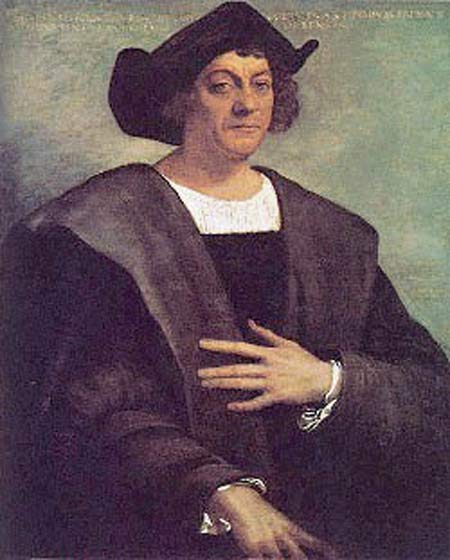Desperate New World Settlers Stole Christopher Columbus' Silver

A straggling band of New World settlers tried smelting silver they stole from Christopher Columbus' royal cache, new findings suggest.
Archaeologists working at Columbus' La Isabela settlement in the late 1980s discovered deposits of silver slag, which they initially thought represented the first evidence of mining in the New World.
New tests show, however, that the slag matches a kind of ore common in Spain. Frustrated and hungry stragglers probably made a last-ditch raid of a stock Columbus had brought from Europe, the researchers now believe.
"[It] seems to be a desperate attempt by the few settlers who remained at the settlement after it had largely fallen into decline to obtain anything of value," said Alyson Thibodeau, of the University of Arizona's Geoscience department.
Settlement crashed and burned
Columbus arrived at La Isabela [image], on the Dominican Republic's north coast, in 1494 on his second voyage to the Caribbean. The trip was funded by King Ferdinand and Queen Isabela of Spain, after Columbus regaled them with stories of untapped riches discovered during his first voyage.
"The goal of the expedition was to locate and exploit ores of precious metals, but the settlers at La Isabela did not find any significant gold or silver-bearing ores in the vicinity of the town," Thibodeau told LiveScience.
Sign up for the Live Science daily newsletter now
Get the world’s most fascinating discoveries delivered straight to your inbox.
La Isabela was essentially abandoned, according to historical records, with some settlers returning to Spain and others moving on to more successful towns in the Dominican Republic. When archaeologists found silver leftovers from a mining process at La Isabela, it was a bit of a mystery.
Testing by the University of Arizona confirmed that the deposits matched ore commonly found throughout Spain. It also hints that the ores were processed very late in the settlement's history, Thibodeau said, "likely after the administration at La Isabela had broken down." Columbus himself returned to Spain in 1496, leaving behind a skeleton crew of desperate settlers with few resources.
"As we reconstruct it, some of them broke into the royal storehouse and tried to extract any silver present in the roughly 400 killograms of lead ore that the expedition had brought from Spain," said study co-author David Killick.
The findings were detailed online yesterday by the journal Proceedings of the National Academy of Sciences.
Terrible times
The remaining settlers were driven to their amateur mining attempt by terrible conditions, Killick said.
"The expedition had been a dismal failure," he said. "By late 1497 the last remaining inhabitants in the town were desperate—they were starving, in rags and tatters, and rebellious."
Without the precious resource, the settlement fell into disrepair. "During its short existence, La Isabela was plagued by hunger, disease, hurricanes, and general discontent among the settlers," Thibodeau said.
Columbus and his team of explorers probably brought the raw material—a mineral called galena—along to use as a reagent, or agent of synthesis, Thibodeau said. "The galena would have been used when prospecting for the gold and silver ores they expected to find in the New World."
The quality of the ore wasn't very good, though, and the downtrodden stragglers gave up about halfway through the cache, he said.
"There is actually very little silver in this lead ore," Killick said. "They were evidently absolutely desperate to have processed this much with so little return."
Why is yawning contagious?
Scientific consensus shows race is a human invention, not biological reality










